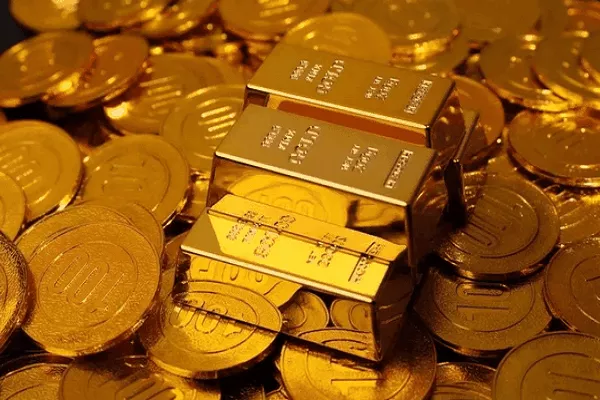Gold has long been considered a valuable and sought-after asset, both for its cultural significance and as a safe-haven investment. In the world of financial markets, investors and traders can access gold through various instruments, one of which is gold futures contracts. These contracts allow participants to speculate on the future price of gold. However, deciphering the symbols and codes associated with gold futures can be a bit challenging for newcomers. In this article, we will demystify the symbol for gold futures and shed light on how to navigate this exciting aspect of the financial world.
1. Understanding Gold Futures Contracts
Before diving into the symbol for gold futures, it’s essential to understand what a gold futures contract represents. Gold futures are standardized agreements to buy or sell a specified amount of gold at a predetermined price and date in the future. These contracts are traded on commodity exchanges, providing investors with a means to hedge against price fluctuations or to speculate on the future price movement of gold.
2. Commodity Ticker Symbols
In the financial markets, commodity ticker symbols or codes are used to represent different commodities, including precious metals like gold, silver, platinum, and palladium. These ticker symbols are essential for identifying and trading specific commodities.
3. The Symbol for Gold Futures
The symbol for gold futures is not as straightforward as the ticker symbols for stocks. It comprises a combination of letters and numbers that convey critical information about the contract. Here’s how the symbol for gold futures is typically structured:
a. The Root Symbol: The root symbol for gold futures is “GC,” which represents gold as the underlying commodity. This is the foundation of the gold futures contract’s symbol.
b. The Contract Month: Following the root symbol, there will be a single letter representing the contract month. For example, “F” stands for January, “G” for February, “H” for March, and so on, up to “Z” for December.
c. The Contract Year: After the contract month, there will be a two-digit number representing the contract year. For instance, “23” would indicate the year 2023, and “24” would represent the year 2024.
d. The Price Code: Some exchanges use an additional letter to indicate the price code. For example, “H” may indicate high-grade gold, while “L” may indicate low-grade gold. However, this price code is not universally adopted across all exchanges.
4. An Example of the Gold Futures Symbol
Putting it all together, the symbol for a gold futures contract expiring in March 2023 would typically look like this: “GC H23.” Here’s a breakdown of the components:
“GC” represents gold as the underlying commodity.
“H” represents the contract month of March.
“23” represents the contract year 2023.
5. Trading Gold Futures
Trading gold futures can be an exciting and potentially rewarding venture, but it comes with its own set of risks and complexities. Here are some key points to keep in mind when trading gold futures:
a. Leverage: Gold futures allow traders to control a significant amount of gold with a fraction of the total value, known as leverage. While this can amplify profits, it also increases the potential for losses.
b. Price Fluctuations: Gold futures prices can be highly volatile, influenced by factors such as geopolitical events, economic data, and changes in the value of the U.S. dollar.
c. Margin Requirements: Futures contracts require traders to maintain a certain level of margin, which is a deposit to cover potential losses. It’s crucial to understand and meet margin requirements to avoid margin calls and potential liquidation.
d. Contract Expiration: Gold futures contracts have specific expiration dates. Traders must either close their positions before expiration or roll them over to the next contract to avoid physical delivery of gold.
6. Gold Futures vs. Gold ETFs
For investors interested in gaining exposure to gold without trading futures contracts, another option is gold exchange-traded funds (ETFs). Gold ETFs are investment funds that track the price of gold and can be bought and sold on stock exchanges like regular stocks. They offer a more accessible and straightforward way to invest in gold for those who may not be familiar with futures trading.
Conclusion
Understanding the symbol for gold futures is essential for those looking to participate in the exciting world of commodities trading. Gold futures provide an opportunity to speculate on the future price of gold, hedge against price fluctuations, or diversify investment portfolios. However, trading gold futures involves risks and complexities, and it is crucial for traders to conduct thorough research and have a clear understanding of the mechanics of the futures market. Whether trading gold futures or opting for gold ETFs, the allure of gold as a timeless and valuable asset continues to captivate investors and traders alike.

